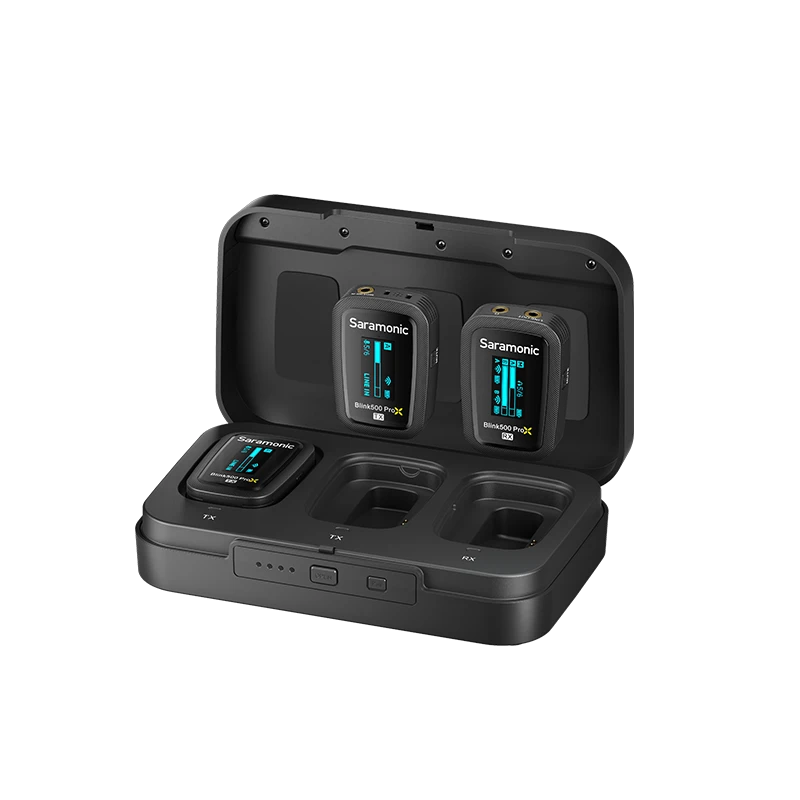Unlock the Secrets of Wireless Microphones: Discover the Perfect Fit for Your Sound!
Wireless microphone systems have revolutionized the way we capture and transmit sound. Their growing popularity spans various fields, including music, broadcasting, and public speaking, making them essential tools for professionals and enthusiasts alike. With the right wireless system, performers can move freely on stage, presenters can engage audiences without being tethered to a podium, and filmmakers can capture dialogue without cumbersome equipment. Understanding the different types and features of wireless microphone systems is crucial for anyone looking to choose the best fit for their specific needs. Whether you're a musician, a teacher, or a corporate presenter, this guide will help you navigate the options available, ensuring that you select a system that enhances your audio experience and meets your requirements.

Understanding Wireless Microphone Systems
A wireless microphone system consists of three main components: the microphone, the transmitter, and the receiver. The microphone captures the sound and converts it into an electrical signal. The transmitter then encodes this signal and sends it wirelessly to the receiver, which decodes the signal and sends it to the audio mixing console or amplifier. This technology eliminates the need for cumbersome cables, allowing for greater mobility and flexibility in sound production. The sound quality and reliability of these systems have improved significantly over the years, making them suitable for a wide range of applications. Understanding how these components work together is essential for selecting the right system for your needs.
Types of Wireless Microphone Systems
Wireless microphone systems come in various types, each designed for specific applications and environments. The most common types include handheld, lavalier, and headset microphones. Handheld microphones are versatile and widely used in live performances and interviews, providing a robust solution for capturing sound. Lavalier microphones, known for their compact size, are ideal for film and theater, as they can be discreetly attached to clothing, allowing for unobtrusive sound capture. Headset microphones offer a hands-free solution, perfect for fitness instructors and performers who require mobility while speaking or singing. Understanding the strengths and suitable use cases for each type can greatly enhance your audio experience.
Handheld Microphones
Handheld microphones are perhaps the most recognizable type of wireless microphone. They are designed for easy handling and are commonly used in live performances, interviews, and public speaking events. The benefits of handheld microphones include their durability and ease of use, making them suitable for both experienced professionals and novices alike. They often feature built-in controls for volume and mute functions, allowing users to manage their sound effectively during performances. A friend of mine, an aspiring musician, found that switching to a wireless handheld mic during gigs transformed his stage presence, allowing him to move freely and connect more with the audience.
Lavalier Microphones
Lavalier microphones, or lapel mics, are small, clip-on microphones that provide a discreet audio solution. Their compact nature allows them to be easily attached to clothing, making them ideal for film, theater, and presentations. These microphones are designed to capture sound from the speaker while minimizing background noise, which is essential in controlled environments. A director friend shared her experience using lavalier microphones during theater productions, noting how they allowed actors to move freely on stage while maintaining clear audio, significantly enhancing the overall production quality.
Headset Microphones
Headset microphones combine the features of a lavalier mic with the stability of a handheld mic. They are typically worn on the head, allowing for hands-free operation. This design makes them particularly useful for fitness instructors and live performers, as they can move around without worrying about holding a microphone. A friend who teaches fitness classes swears by her wireless headset mic, as it allows her to demonstrate exercises while instructing her class, ensuring that her voice carries clearly without interruption.
Key Features to Consider
When selecting a wireless microphone system, several key features should be considered to ensure optimal performance. First, the frequency range is crucial; different systems operate on various frequencies, and it's essential to choose one that avoids interference from other devices. Battery life is another vital factor, especially for long events where a sudden loss of power could disrupt proceedings. Audio quality should not be overlooked either; a system that captures clear, rich sound is essential for any professional environment. Finally, consider the operating range; the distance between the transmitter and receiver must suit your particular needs, whether you're performing on a stage or speaking in a large conference room. Each of these features plays a significant role in the overall performance of the microphone system.
Applications of Wireless Microphone Systems
Wireless microphone systems find applications across various fields. In live events, they enable performers to engage with their audience without being encumbered by cables, enhancing the overall experience. In broadcasting, they provide reporters and presenters with the freedom to move around while delivering news or conducting interviews. In theater, wireless mics are essential for maintaining audio clarity while allowing actors to move naturally on stage. In corporate settings, these systems facilitate presentations and training sessions, allowing speakers to interact with their audience effectively. Each of these applications underscores the versatility and necessity of wireless microphone systems in today’s audio landscape.
Key Takeaways on Wireless Microphone Systems
In summary, understanding the various types and features of wireless microphone systems is key to making an informed choice. From handheld to lavalier and headset microphones, each type offers unique benefits tailored to specific applications. By considering essential features such as frequency range, battery life, audio quality, and operating range, users can select a system that best meets their needs. Before making a selection, it’s important to assess your specific requirements and how each type of microphone can enhance your audio experience. With the right wireless microphone system, you'll be well-equipped to deliver clear, professional sound in any setting.








